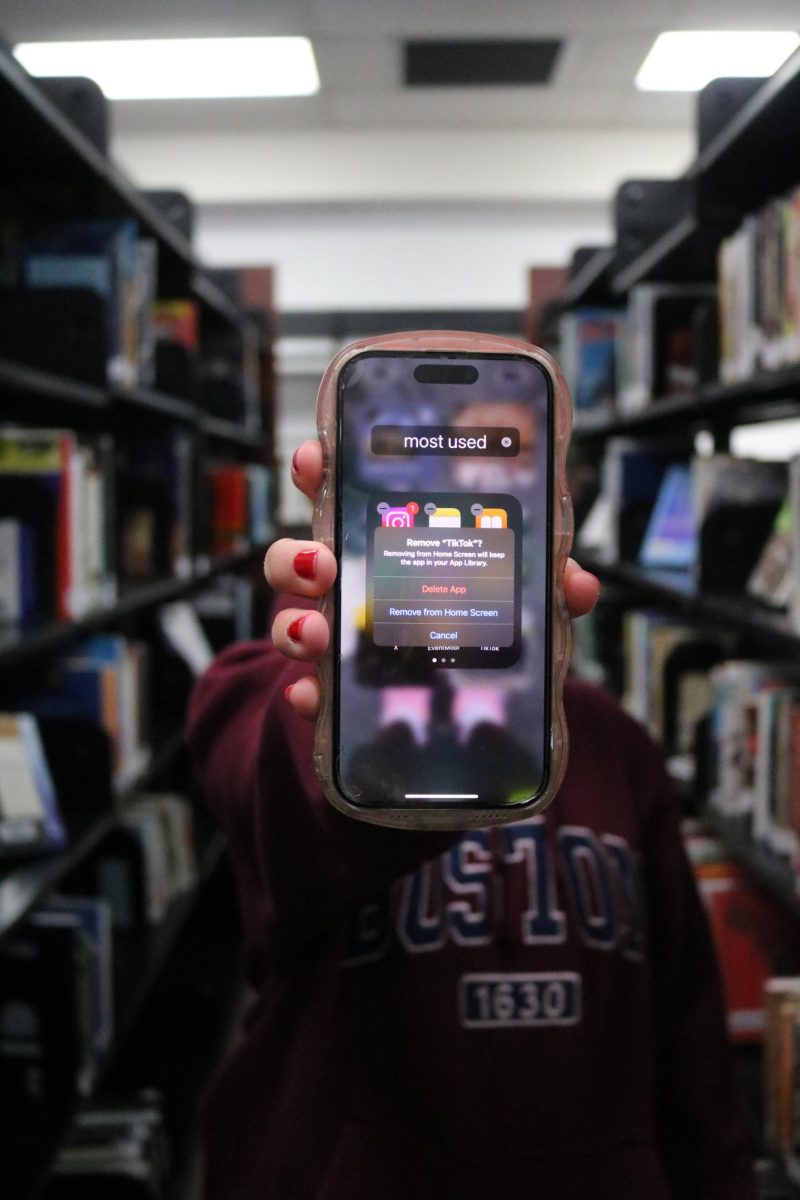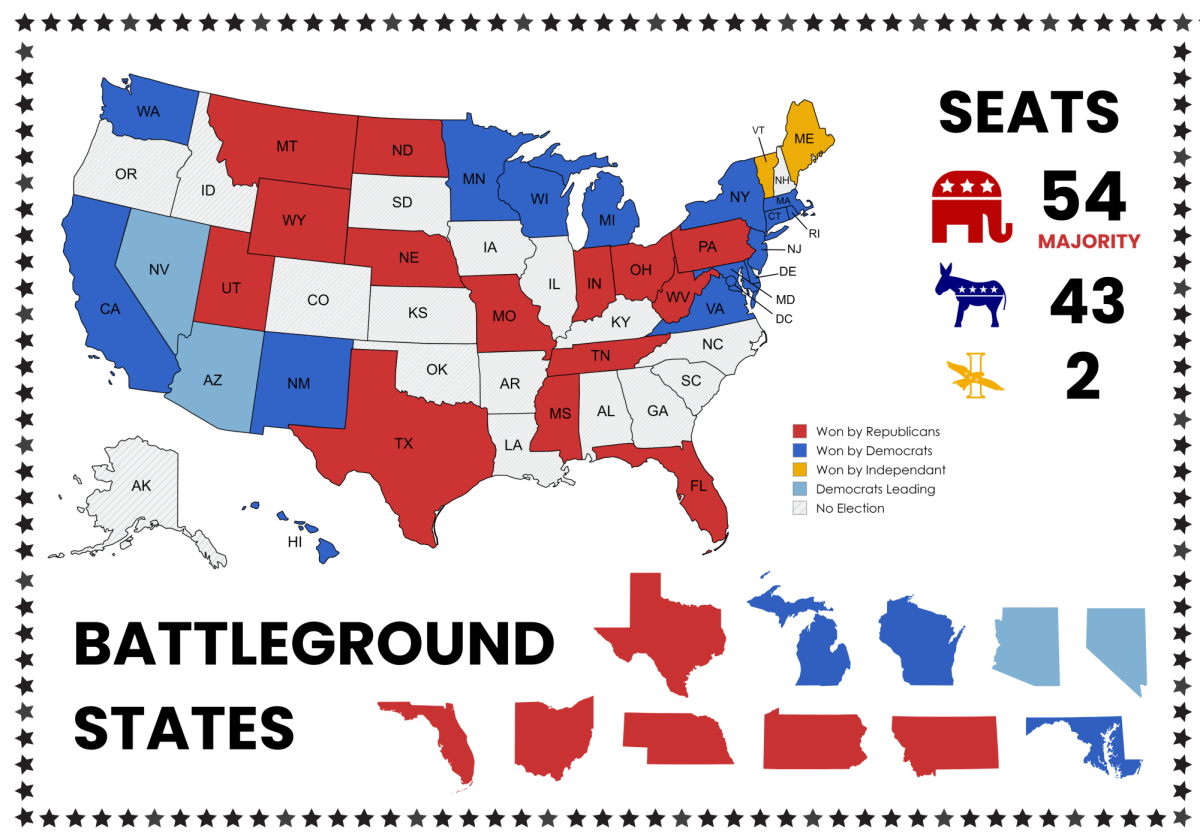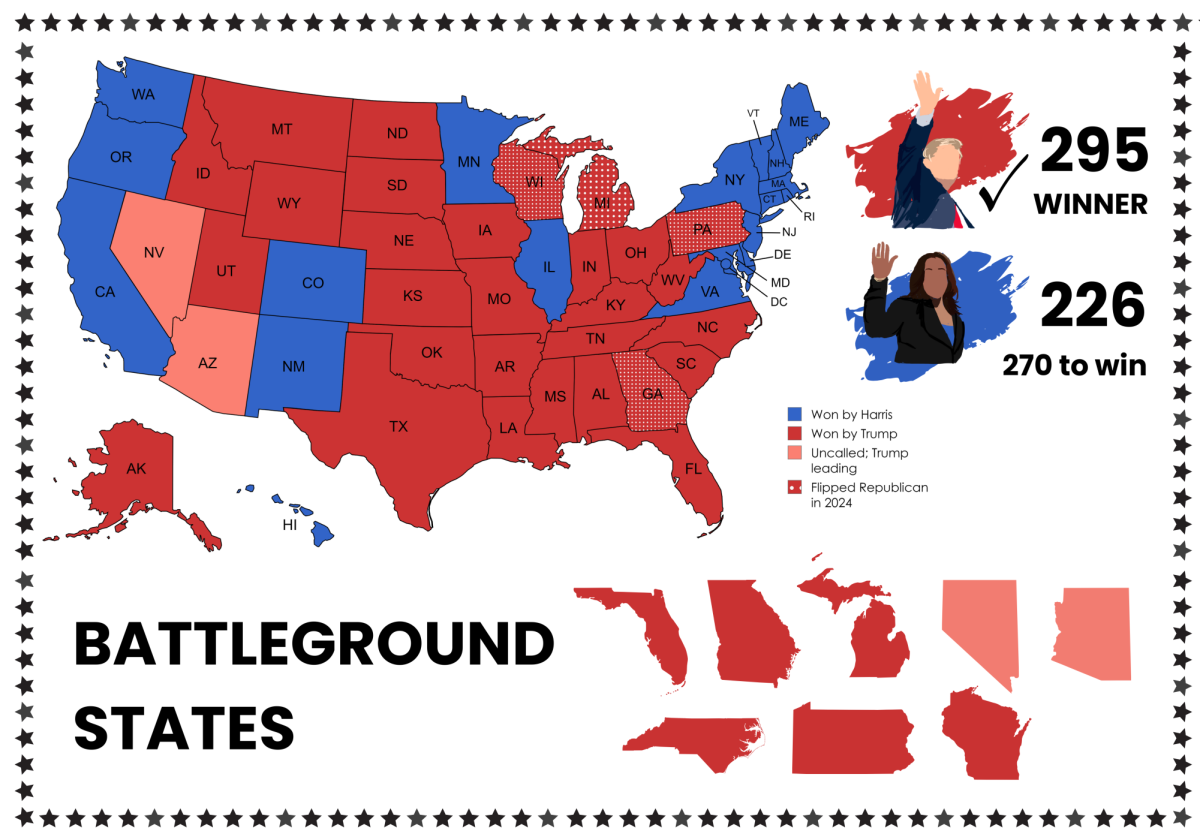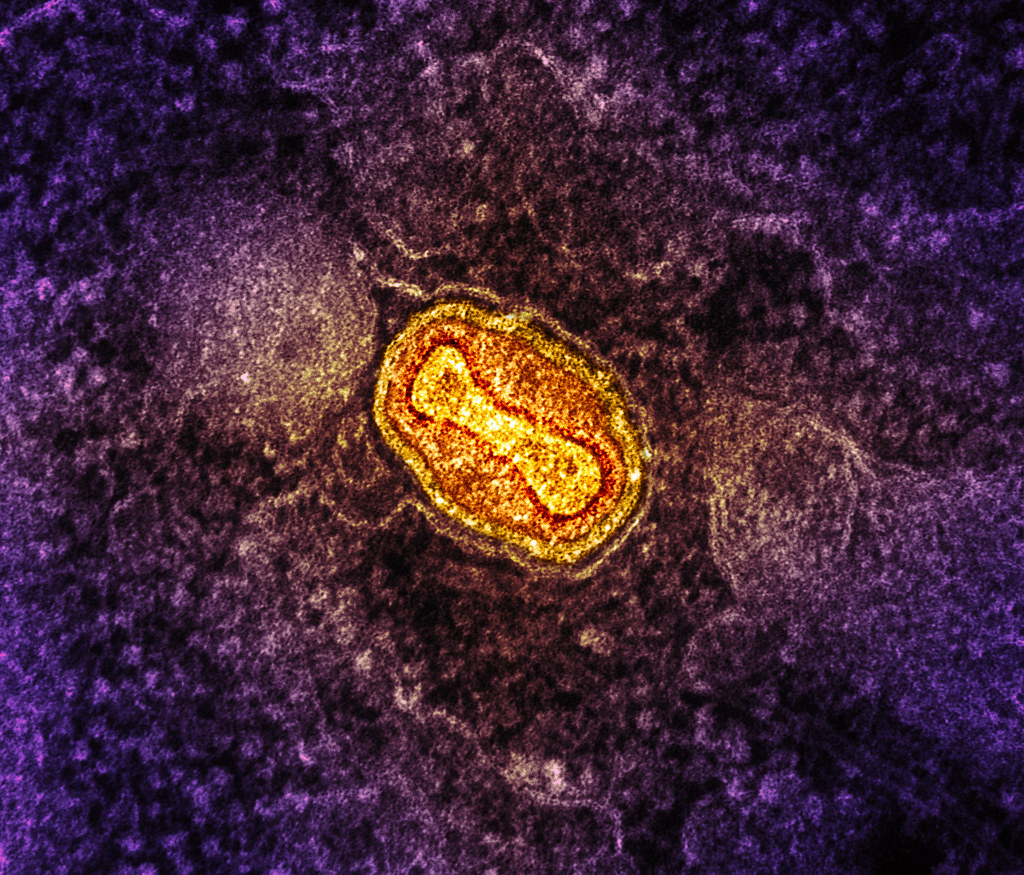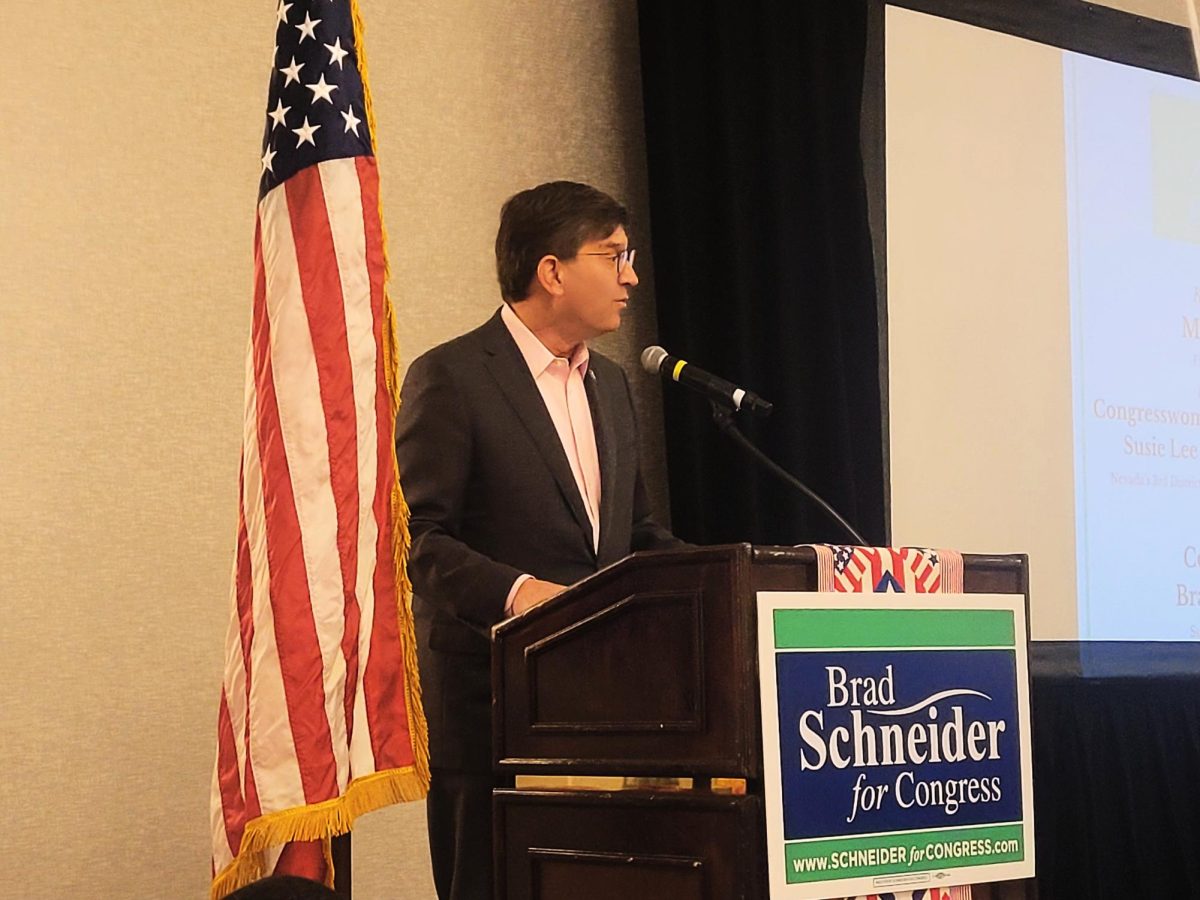In what has proven to be a wild 2016 presidential nominee season, frontrunners Donald Trump (Republican) and Hillary Clinton (Democrat) both came out on top in the Illinois primary held on March 15.
Trump did not win a majority of votes, but he gathered the most of any GOP candidate at 38.8 percent (551,053 total votes), according to the AP. It appears that the Chicago rally cancellation on Friday, March 11, did not hurt his polling numbers in any significant way, as Trump even exceeded his expected range of between 30 and 36 percent (per FiveThirtyEight).
Although Clinton had a very productive day overall, the Illinois primary was incredibly close for the Chicago native. Democratic candidate Bernie Sanders only trailed Clinton by 1.8 points, which wasn’t the case in other March 15 primaries, such as Ohio and Florida, where Clinton won more handily. Overall on Tuesday, Clinton took home 68 delegates to Sanders’s 67, which adds to her total (1,606) and gets her closer to 2,382, the magic number needed to clinch the nomination.
The two frontrunners were able to celebrate their Illinois victories, but the same did not hold true for the other candidates. On the Republican side, senator Ted Cruz and governor John Kasich tallied in at 30.3 percent and 19.7 percent, respectively. Senator Marco Rubio only managed to pull in an underperforming 8.7 percent, and he has since dropped out of the race after losing his home state of Florida to Trump.
The two frontrunners were able to celebrate their Illinois victories, but the same did not hold true for the other candidates. On the Republican side, senator Ted Cruz and governor John Kasich tallied in at 30.3 percent and 19.7 percent, respectively. Senator Marco Rubio only managed to pull in an underperforming 8.7 percent, and he has since dropped out of the race after losing his home state of Florida to Trump.
Rubio thanked his supporters in a speech given in the Sunshine State, but also used the opportunity to warn voters about what he believes to be the dangers of Trump: “I ask the American people: do not give into the fear, do not give into the frustration [of the Trump campaign],” Rubio shared in an interview.
With Clinton’s five-state sweep of Illinois, Ohio, Florida, Missouri, and North Carolina, Sanders has found himself on the brink of dropping out, as many writers, such as the Washington Times’s Ben Wolfgang, believe. Already trailing her in elected delegates (825 to 1,139), Sanders will need to start winning a majority of delegates in future primaries and caucuses if he wants to close the gap Clinton has created after an impressive mid-March campaign. Clinton currently has a substantial lead in superdelegates (delegates who have a background in the Democratic party and are allowed to vote at the convention) of 467 to 26, which adds to the mathematical mountain Sanders has to climb.
In Lake County, Trump (37 percent) and Clinton (53) both managed to remain ahead of their competitors. However, on the GOP ballot, Kasich managed to place in second, pulling about 26 percent of Republican voters. Cruz (24 percent), who came in second in Illinois overall, and Rubio (11) rounded out the rest of the ticket.
For the Democrats, Sanders polled at 47 percent in the county, about two points lower than his statewide average in spite of a potentially favorable demographic. Sanders has previously done well amongst white liberals; Lake County has a Democratic voting record and is 75 percent white (according to the U.S. Census Bureau).
Moving forward, the three-man race in the Republican party and the two-person contest for the Democrats will continue to allocate delegates for their respective party nominations. The candidates will head west for Arizona and Utah, and the Democrats will also include Idaho, when the next voting session occurs on March 22.




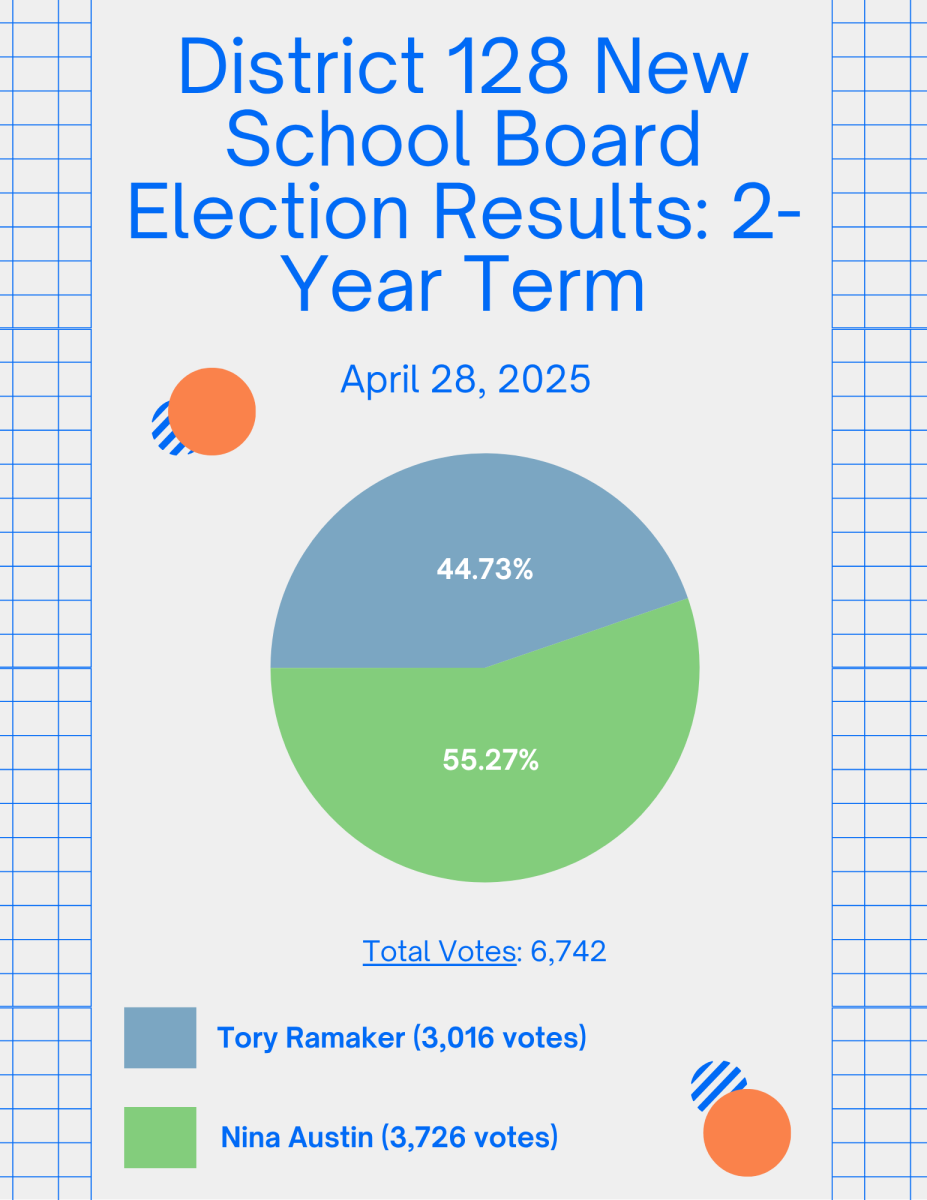
![Mr. Abullh Ali, manager/assistant, helps open Queen Yemeni Coffee in downtown Libertyville at 606 North Milwaukee Ave. With the help of employees such as manager and LHS senior Yousef Taha, they are able to bring the Yemeni and Ethiopian culture to Libertyville by using their Queen spices, cinnamon and cardamom in their drinks such as Adani Chai, which is inspired by Sheda, the Queen of Yemen and Ethiopia. “The history of our coffee [is] a long history and we believe that Yemen and Ethiopia started the coffee and we are bringing something unique to the community,” Mr. Ali said.](https://www.lhsdoi.com/wp-content/uploads/2025/04/Photo-1-1200x800.jpg)


